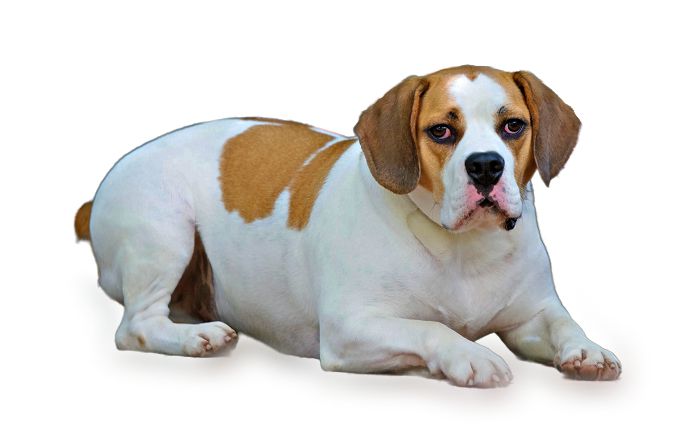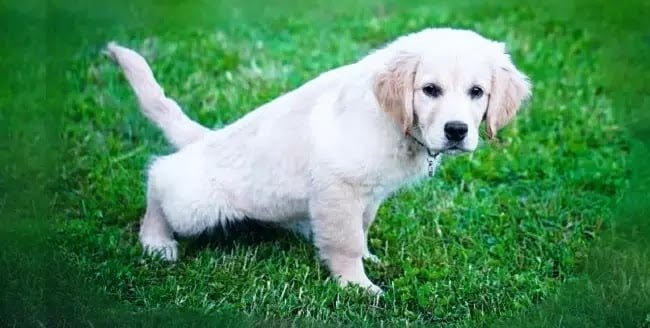The Bullmastiff is a breed of dog known for its broad head, expressive eyes, and confident stance. Their imposing appearance alone is usually enough to deter intruders, but they are also gentle and loving with their families. Despite their size, Bullmastiffs are great with children and enjoy human contact. They need regular exercise to stay healthy, as they have a lot of athleticism. It is important to train and socialize them from a young age to ensure they are friendly towards other animals and strangers.
History
The Bullmastiff dog breed has a fascinating history originating in 19th century England. Developed by gamekeepers, these dogs were bred to protect country estates from poachers. They were created by crossing English Mastiffs and Bulldogs to combine strength, loyalty, speed, and agility, resulting in a powerful and agile guardian. Important figures like John Cross and Gamekeeper S.H. Morris played key roles in refining this breed. Despite their excellent protective abilities and loyalty to their families, Bullmastiffs were officially recognized by The Kennel Club (UK) in 1924.

Size
The Bullmastiff is a highly regarded breed known for its size and distinctive traits. These impressive dogs stand at a height of 24 to 27 inches and weigh between 110 to 130 pounds for males and 100 to 120 pounds for females. They have a powerful, solid build and come in colors like fawn, red, or brindle. Bullmastiffs have a long lifespan of about eight to ten years, but can live even longer with proper care and nutrition.
Personality
Summary: Bullmastiffs are known for being calm, courageous, and loyal. They are large and powerful but also have a gentle and affectionate nature. They are relaxed and laid-back, making them excellent family pets. While they are protective, they show this loyalty in a composed manner instead of aggression, making them reliable guard dogs. Early socialization is important to prevent shyness or suspicion. With proper training, Bullmastiffs become well-mannered companions who are deeply devoted to their families.
Food
For Bullmastiff dogs, it’s important to choose high-quality dog food that meets their unique nutritional needs due to their large size and athletic nature. Their diet should consist of a balanced blend of protein, carbohydrates, healthy fats, vitamins, and minerals. Protein sources like beef, chicken, or fish are recommended to support muscle development and overall health. Complex carbohydrates such as brown rice or sweet potatoes can provide sustained energy levels for these active dogs. It’s best to avoid fillers and artificial additives that may cause digestive issues or allergies.
Grooming
Grooming for Bullmastiffs is vital for their health and looks. With their big size and thick coats, they need regular grooming. It’s best to have a professional groomer who understands their specific needs. The process includes brushing to remove loose hair, cleaning their facial wrinkles, trimming their nails carefully, and bathing with a suitable shampoo. Professional assistance is recommended for nail trimming as their thick nails can be challenging for inexperienced individuals. By trusting a professional groomer, both the Bullmastiff’s comfort and appearance are taken care of.

Training
To properly train a Bullmastiff, you need patience, consistency, and a good understanding of their unique characteristics. Since they are large and powerful, it’s important to establish strong leadership from the beginning. You should socialize them early on with different environments, people, and animals to help them develop good manners and adaptability. Teaching them basic obedience commands like sit, stay, come, and leash walking is crucial for their safety and control. Because they are independent, positive reinforcement techniques are best for keeping them engaged during training.
Health
Bullmastiffs are generally healthy but can be affected by certain health issues. Hip dysplasia, where the hip joint doesn’t develop properly, can cause pain. Bloat or gastric torsion, when gas fills the stomach and twists it, is also a serious concern. Heart problems like dilated cardiomyopathy and sub-aortic stenosis are more common in Bullmastiffs due to their size. Preventative measures such as exercise, a proper diet, regular vet check-ups, and responsible breeding practices can help manage their health.
Bottom Line
The Bullmastiff is a large, loyal dog breed that requires careful consideration before deciding if it’s the right fit for someone. They are best suited for experienced owners who know how to train and handle big dogs. Despite being gentle and loving towards their family, Bullmastiffs can be wary of strangers due to their protective instinct. They need regular exercise to stay healthy and avoid behavior problems. Potential owners should be aware of health issues like hip dysplasia and bloat, and be ready to provide proper nutrition, vet care, and training. Overall, owning a Bullmastiff requires resources, time, socialization, and responsible ownership.








